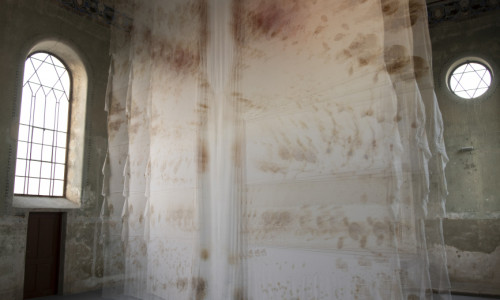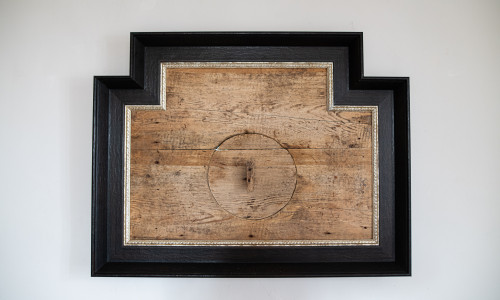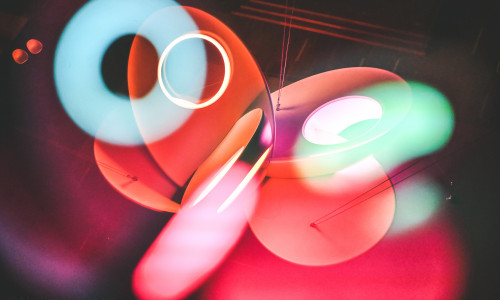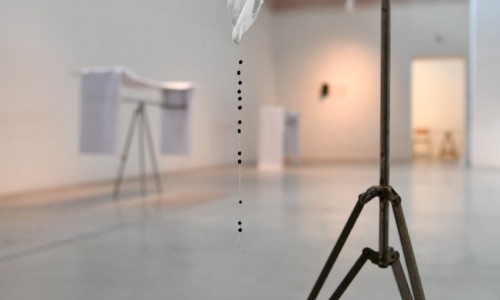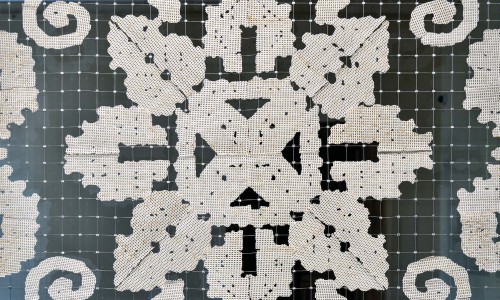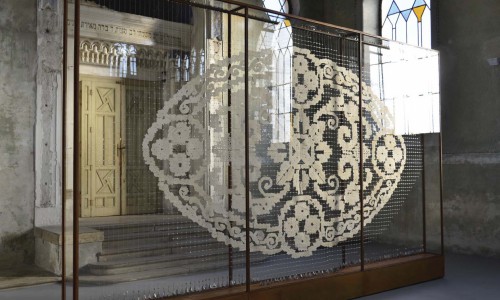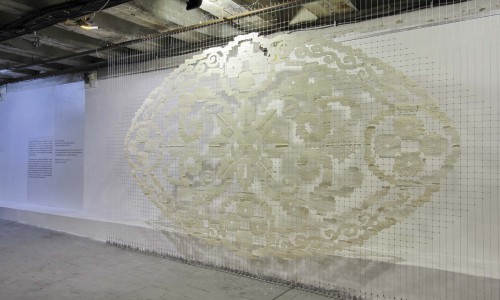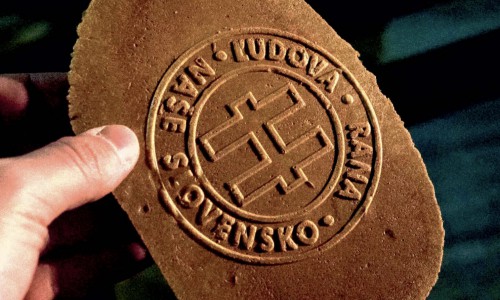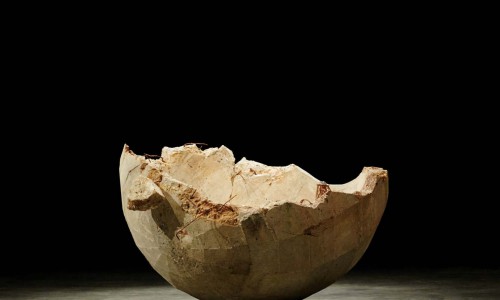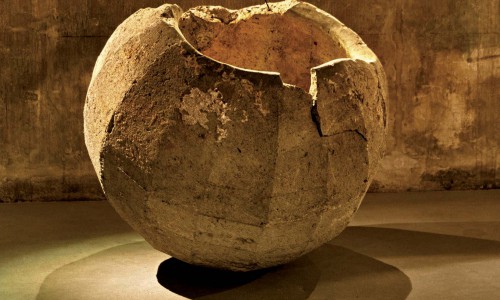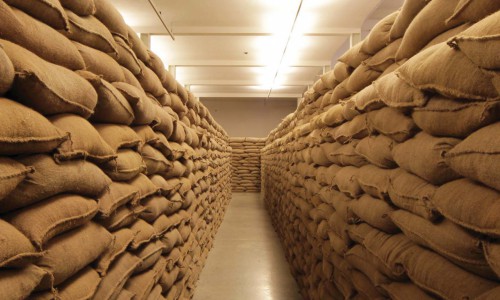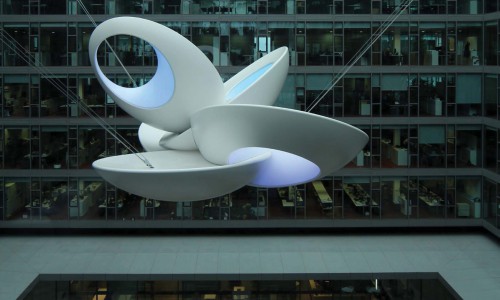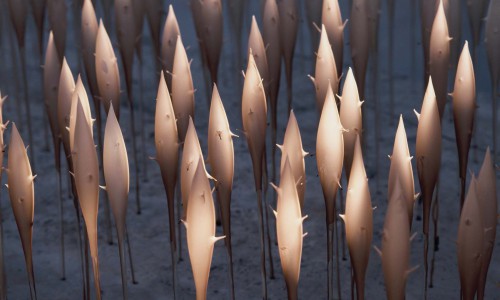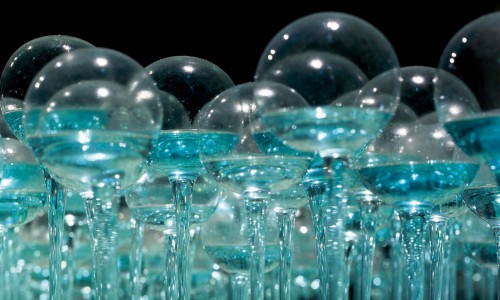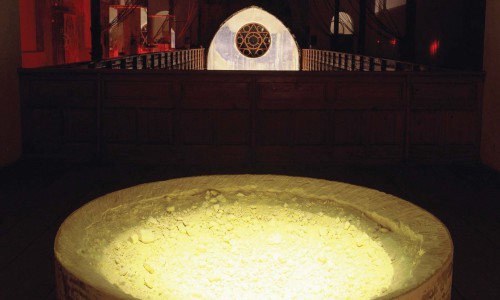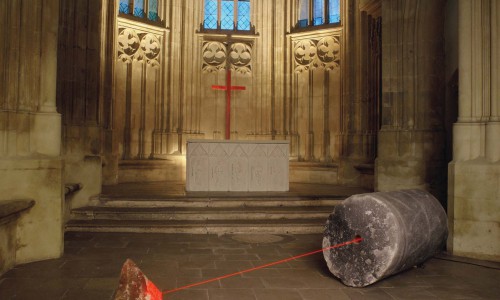Movement of Memory
Monika & Bohuš Kubinskí
New Synagogue - Žilina
2020
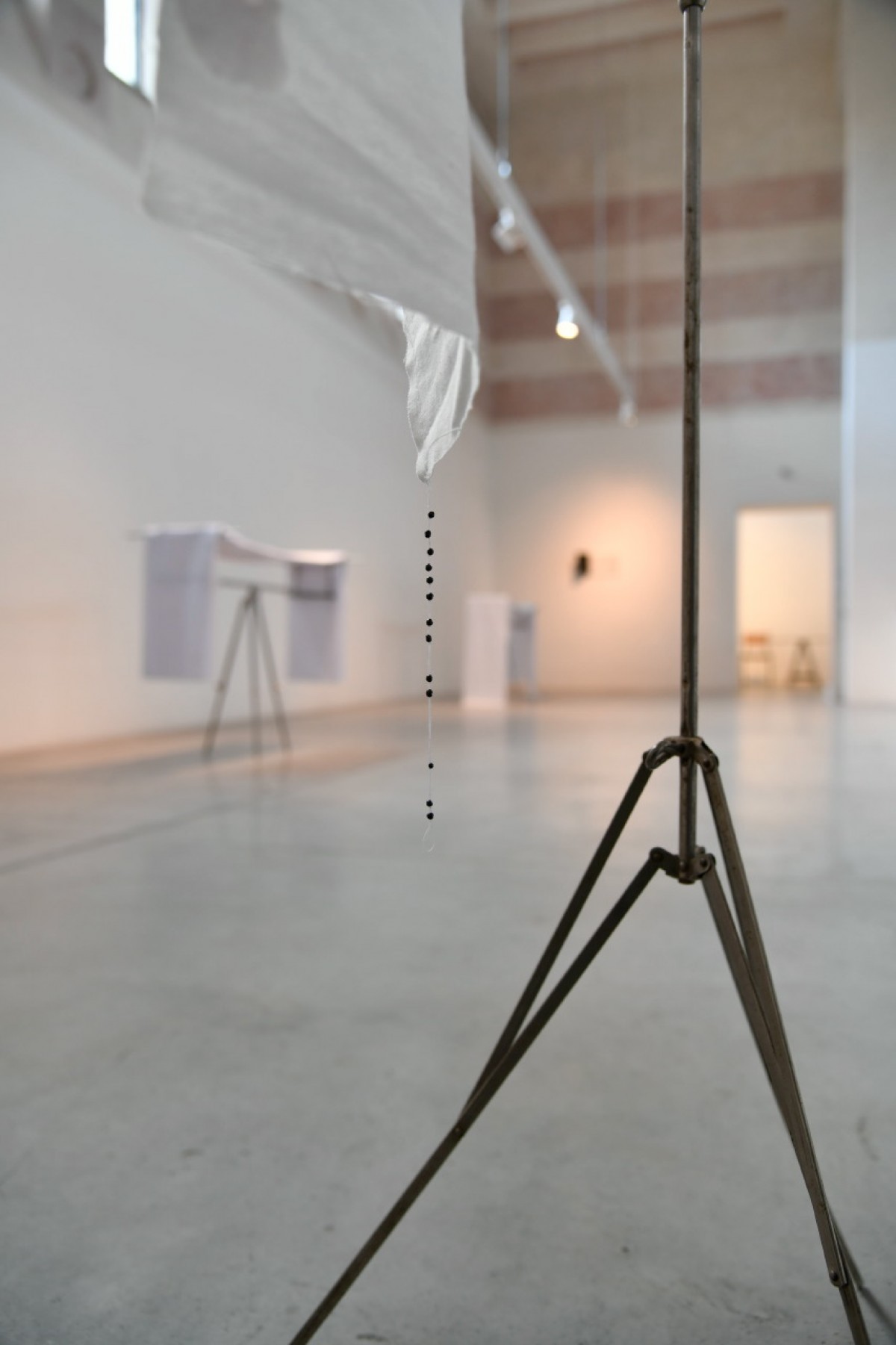
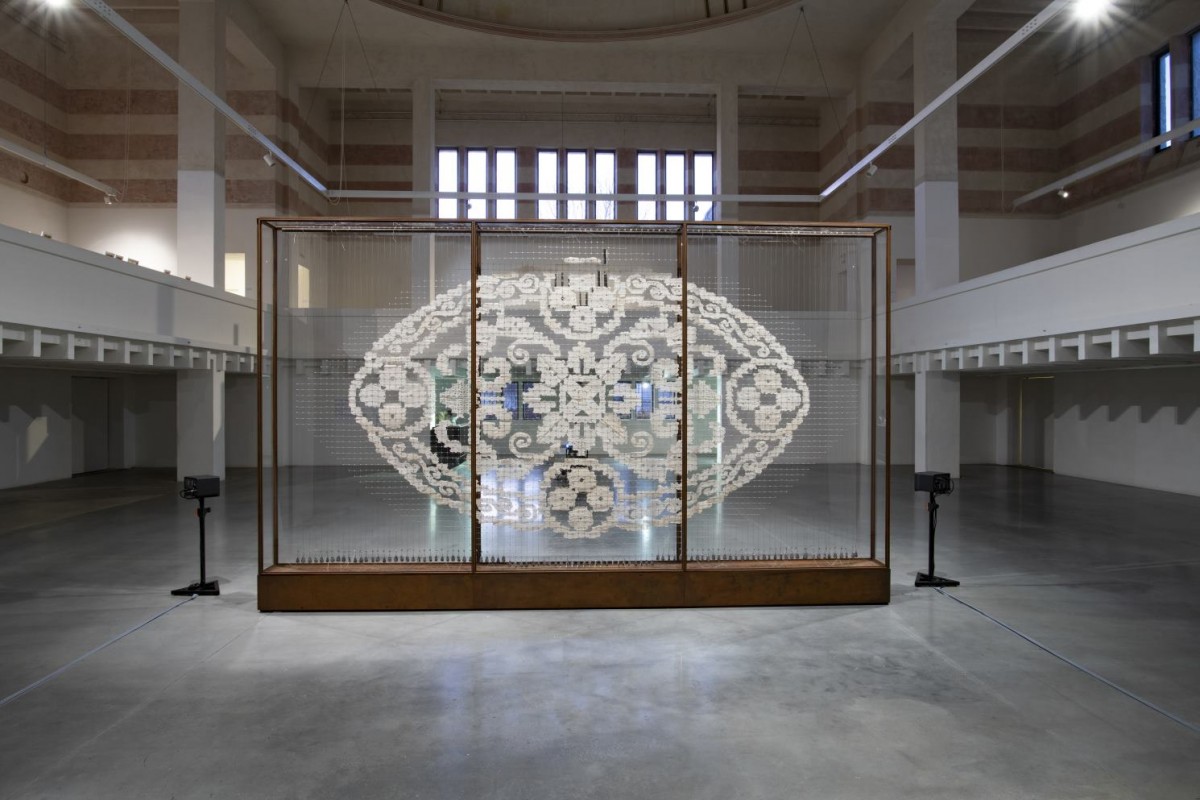
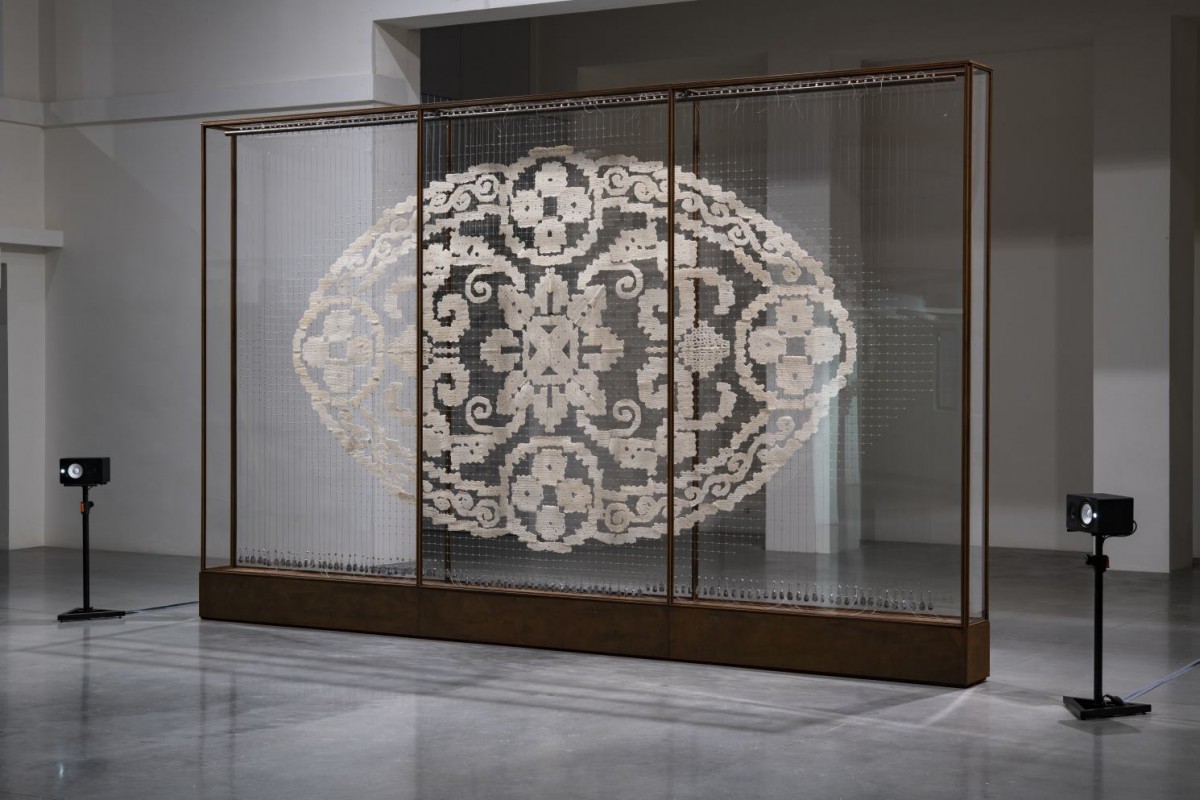
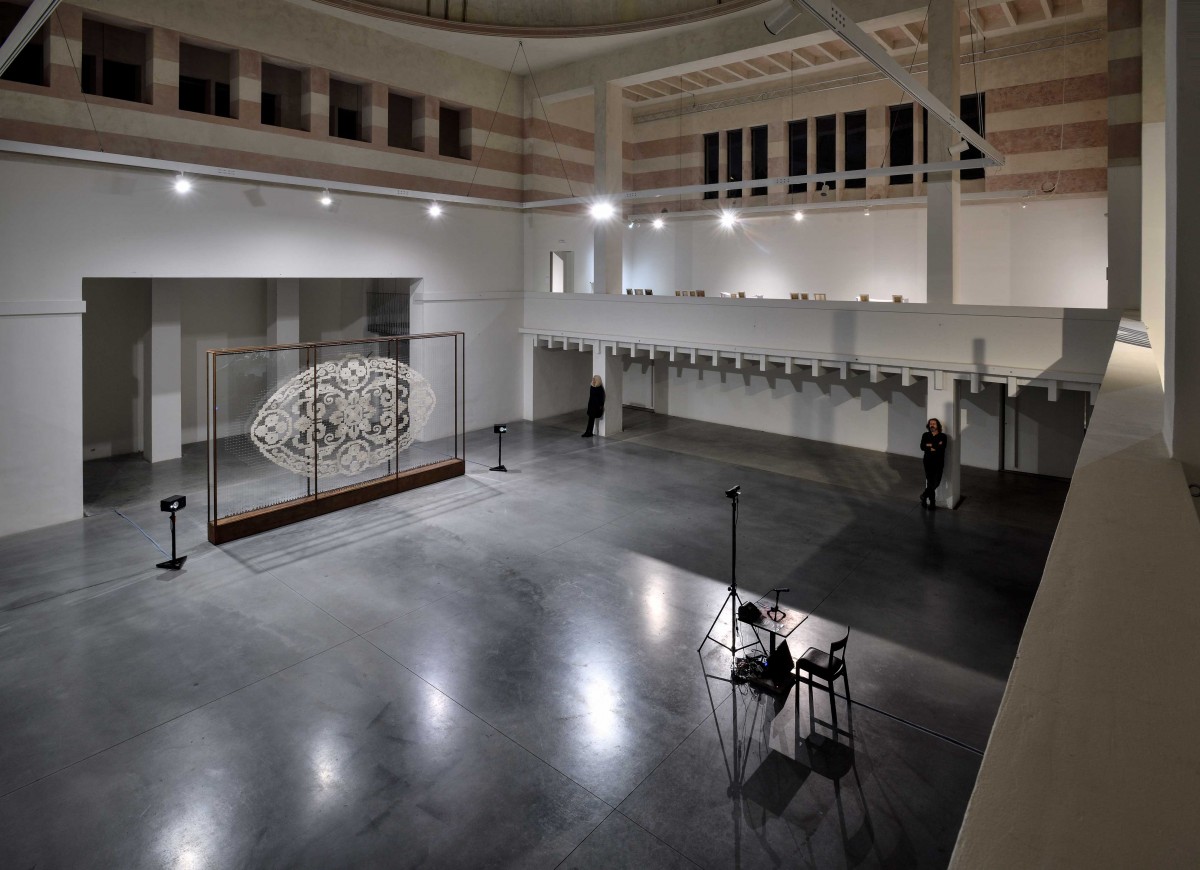
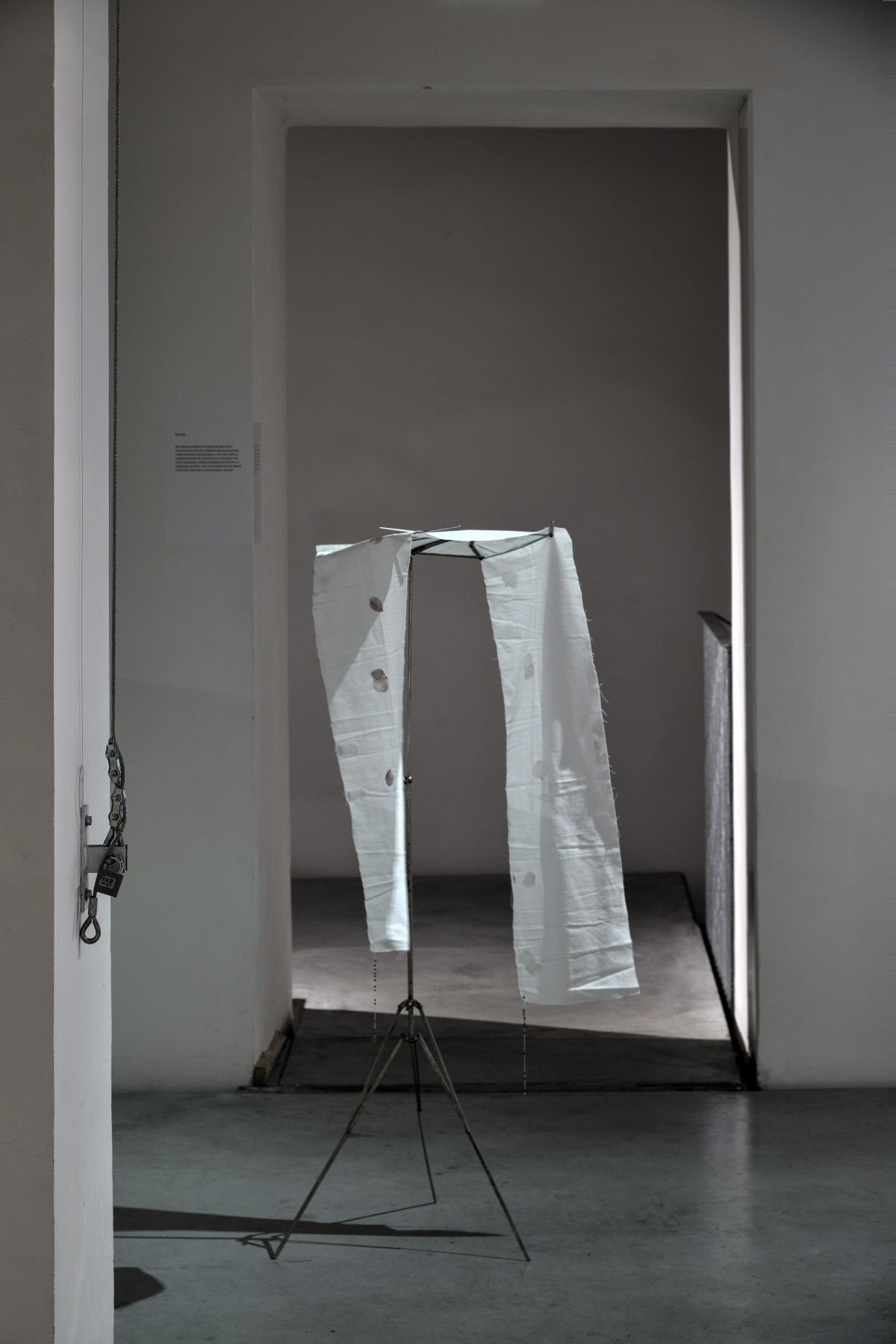
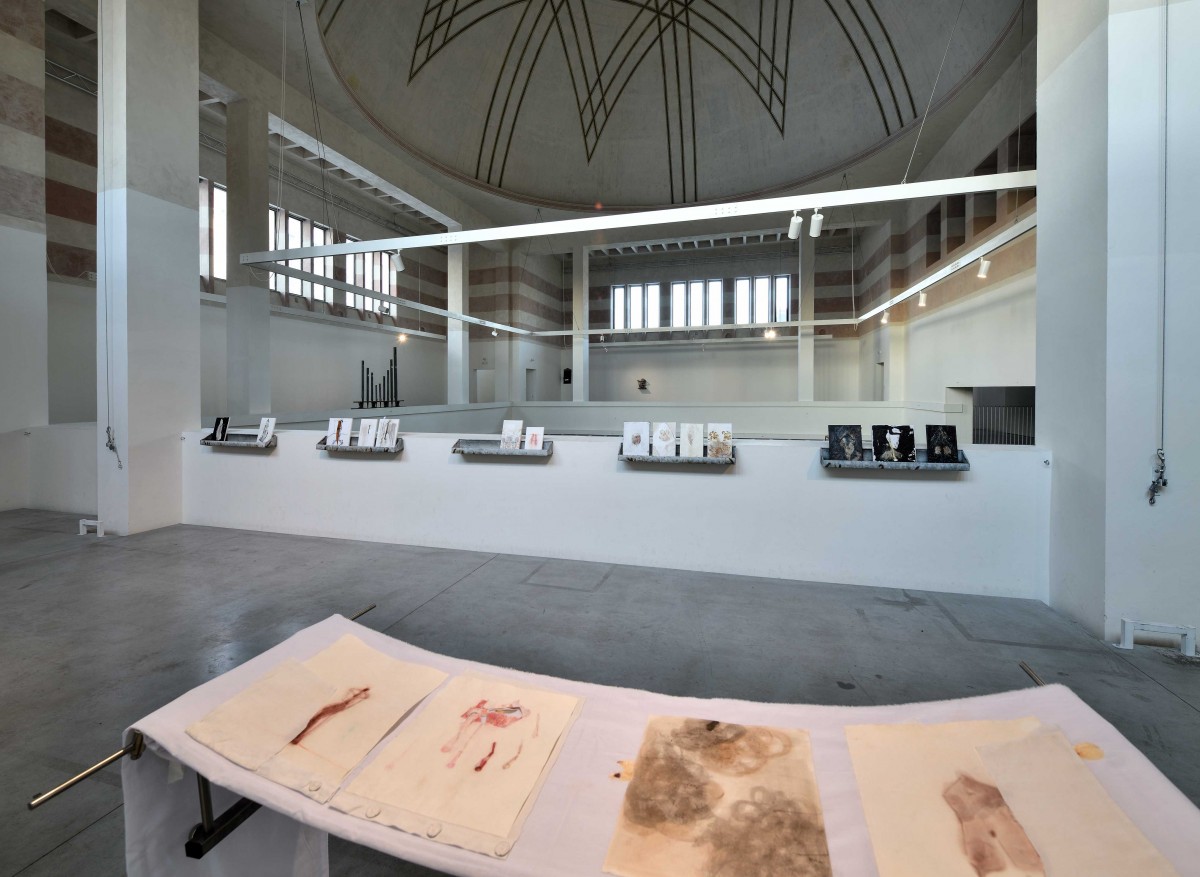
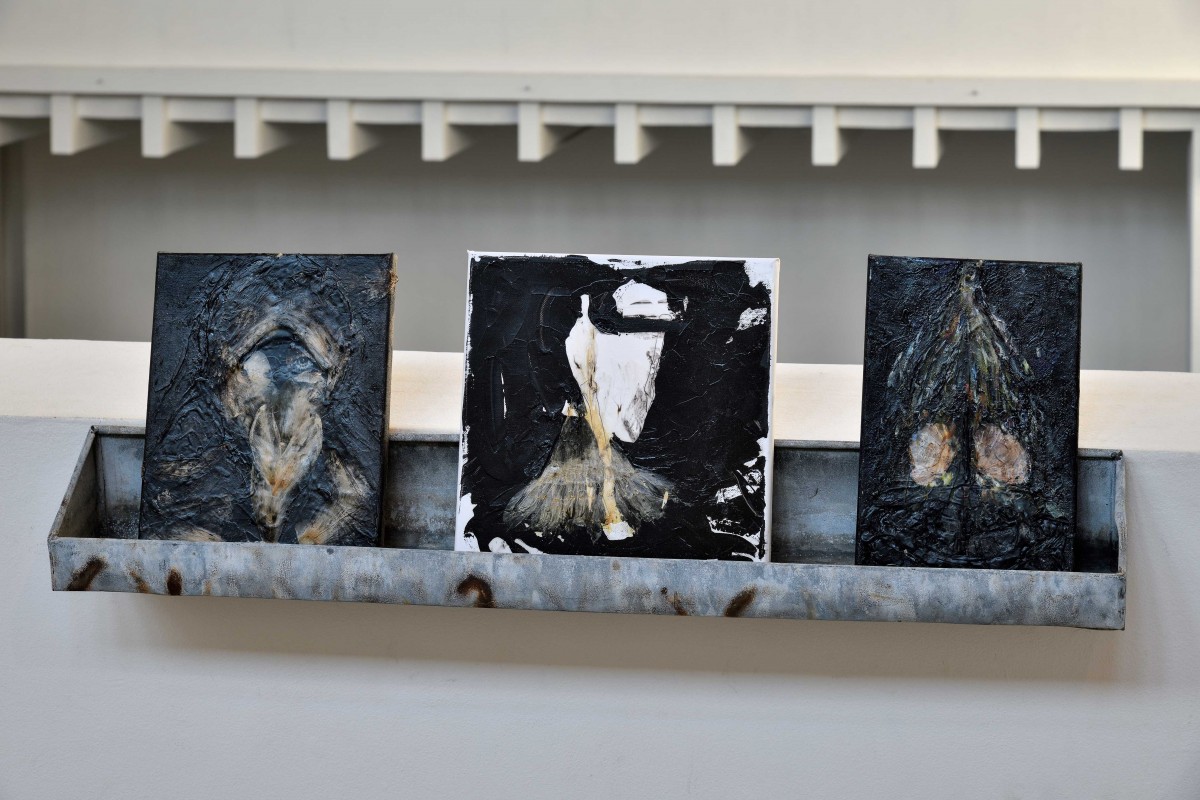
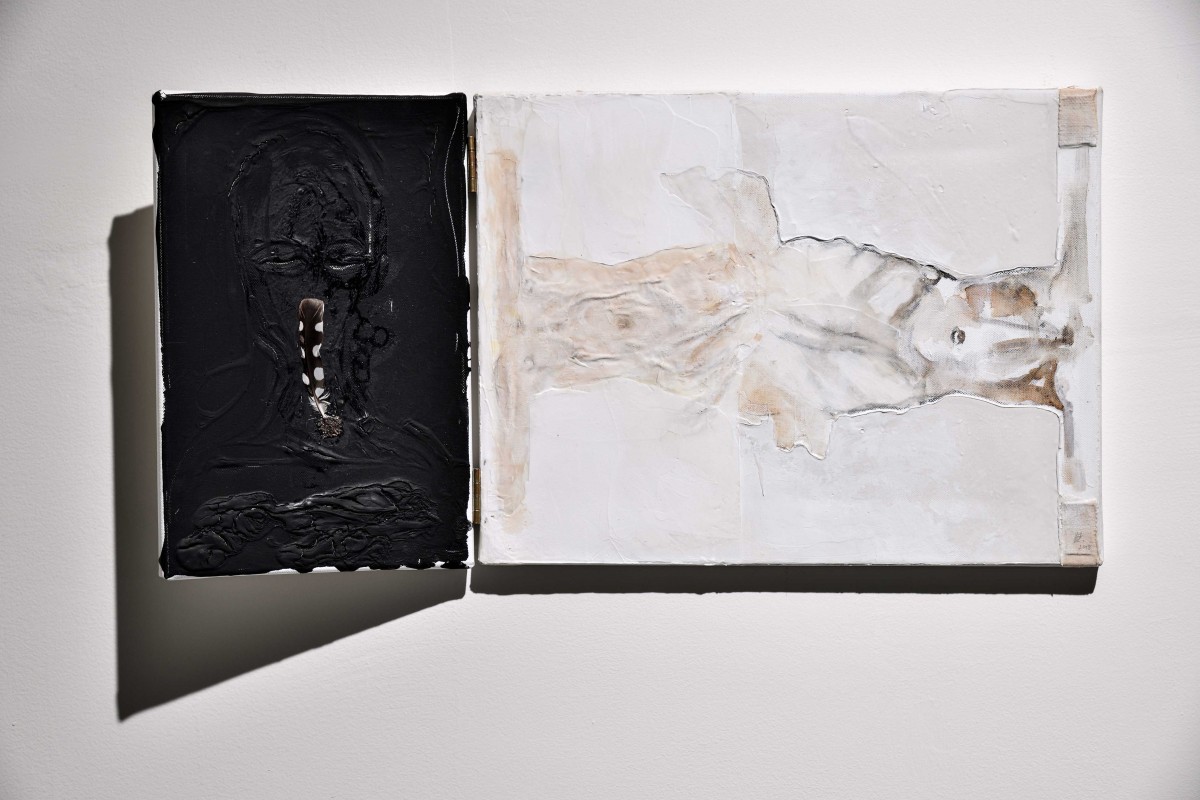
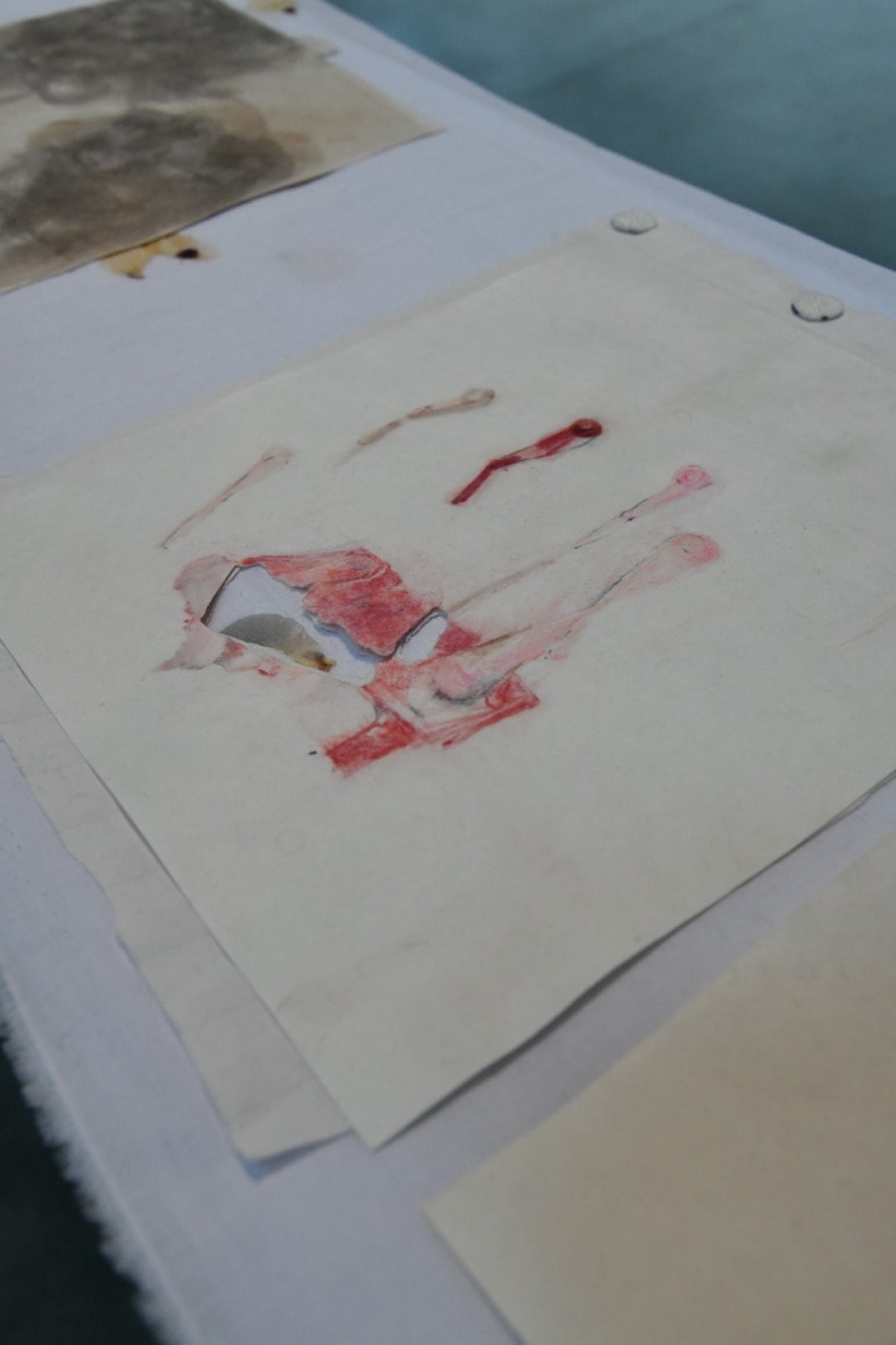
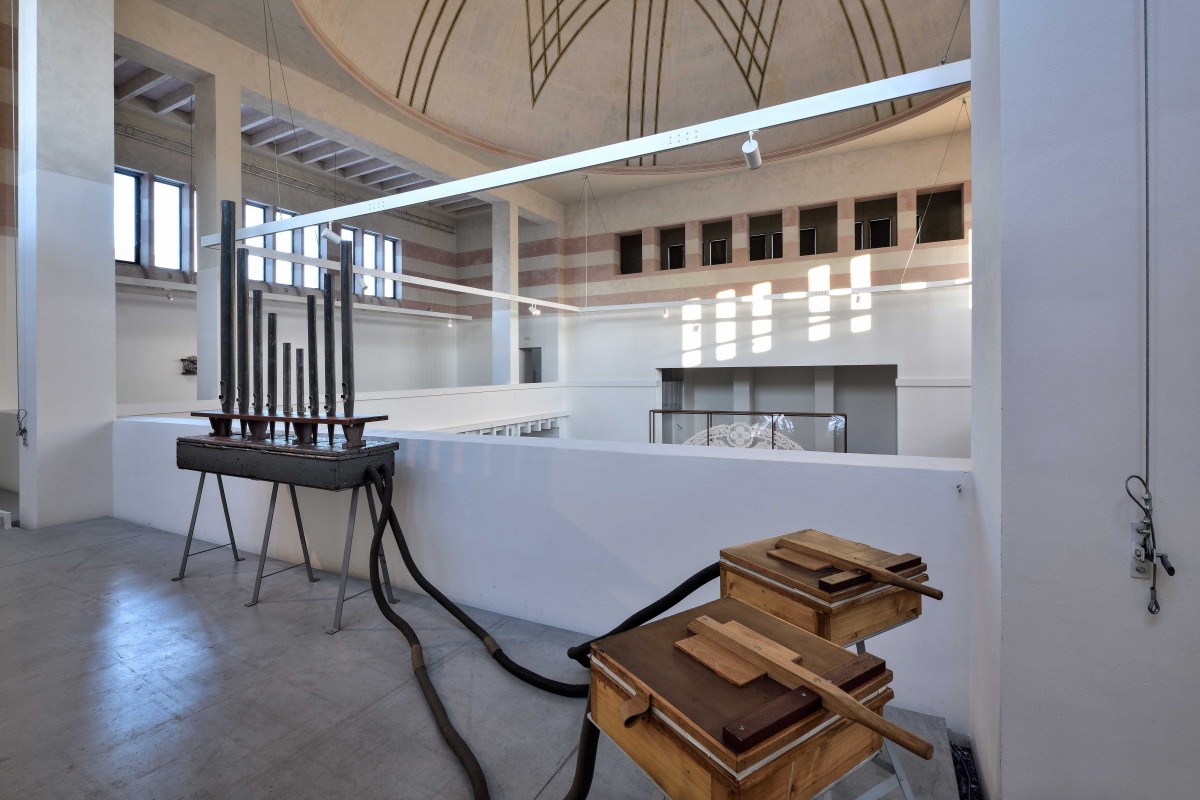
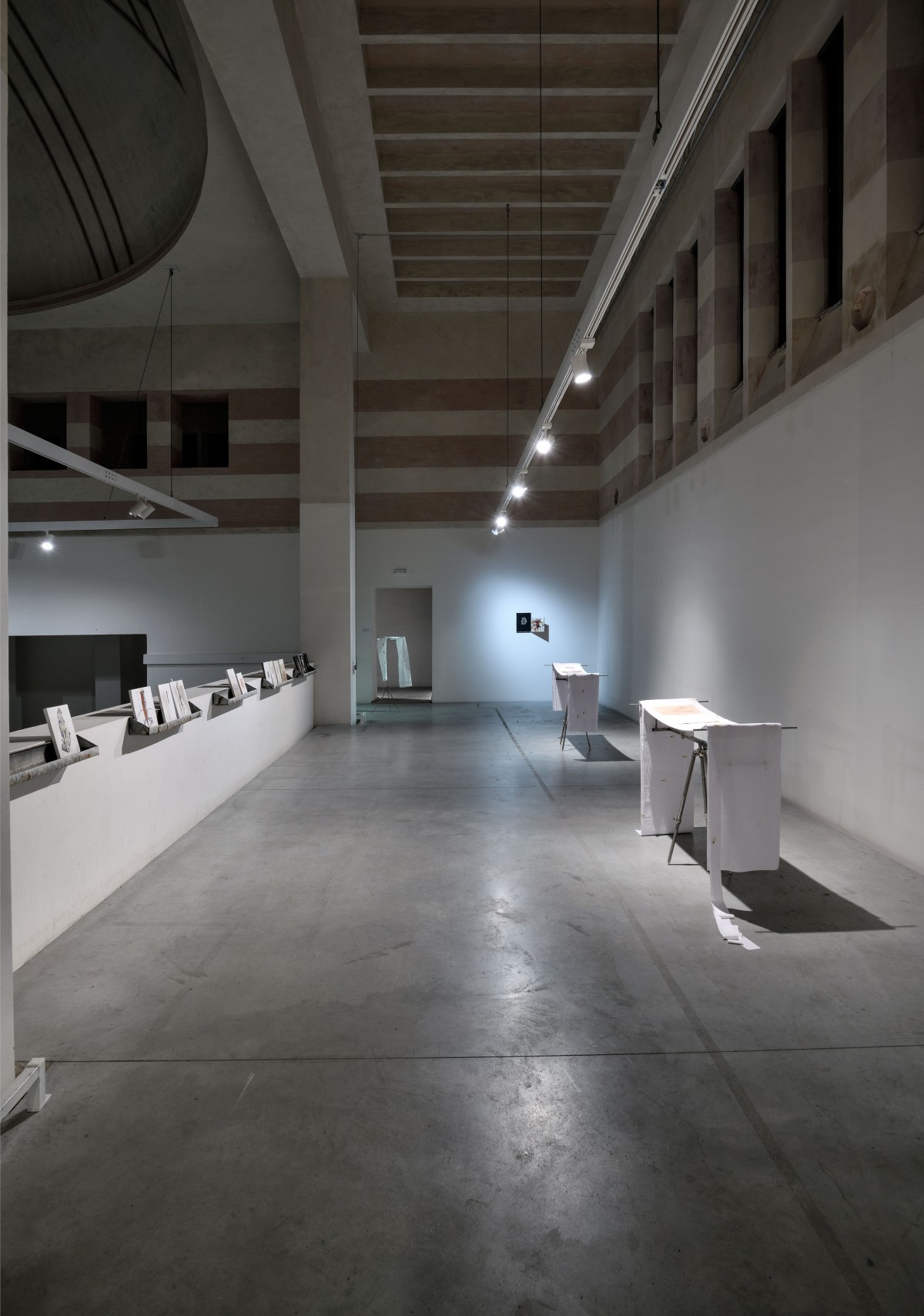
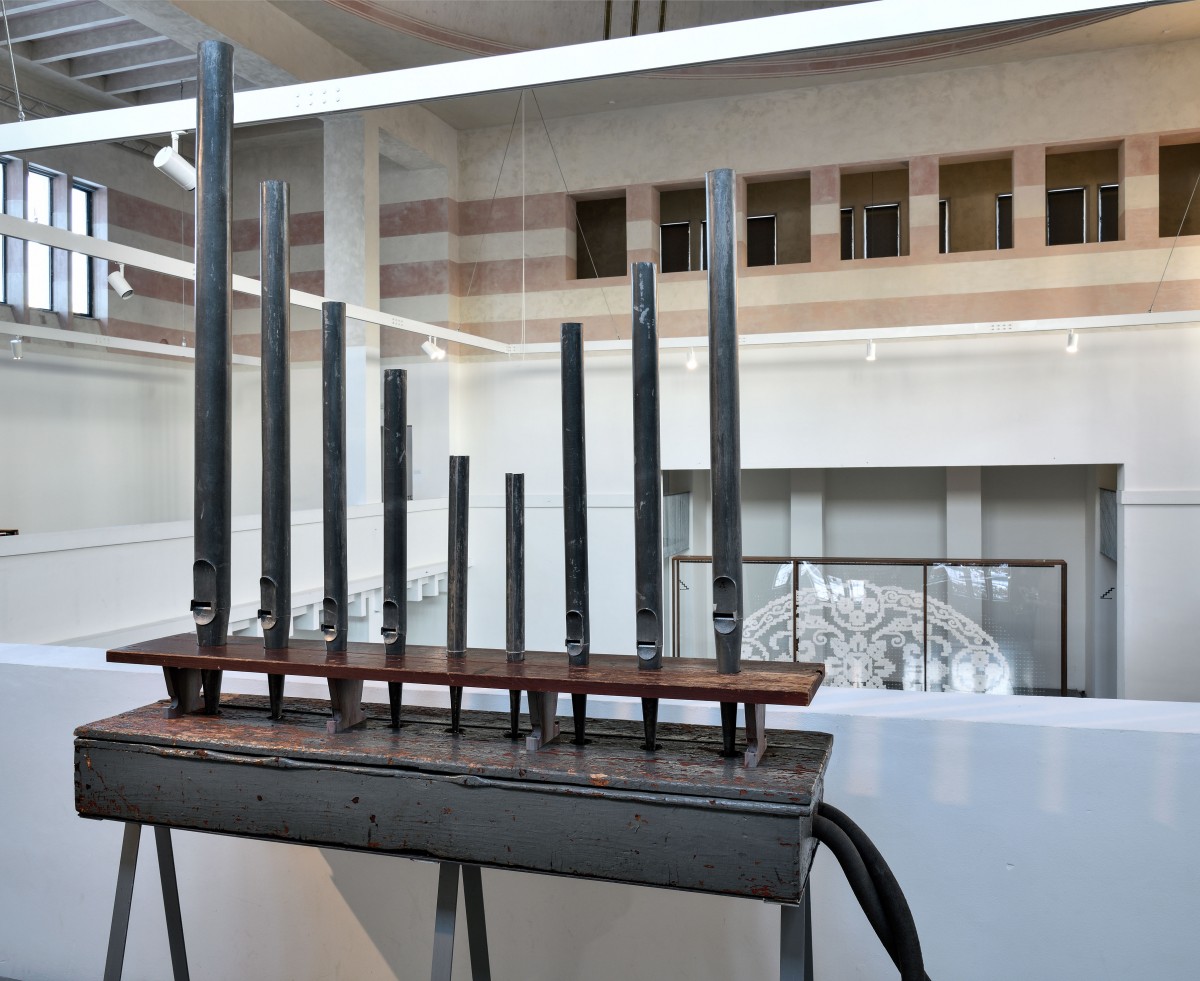
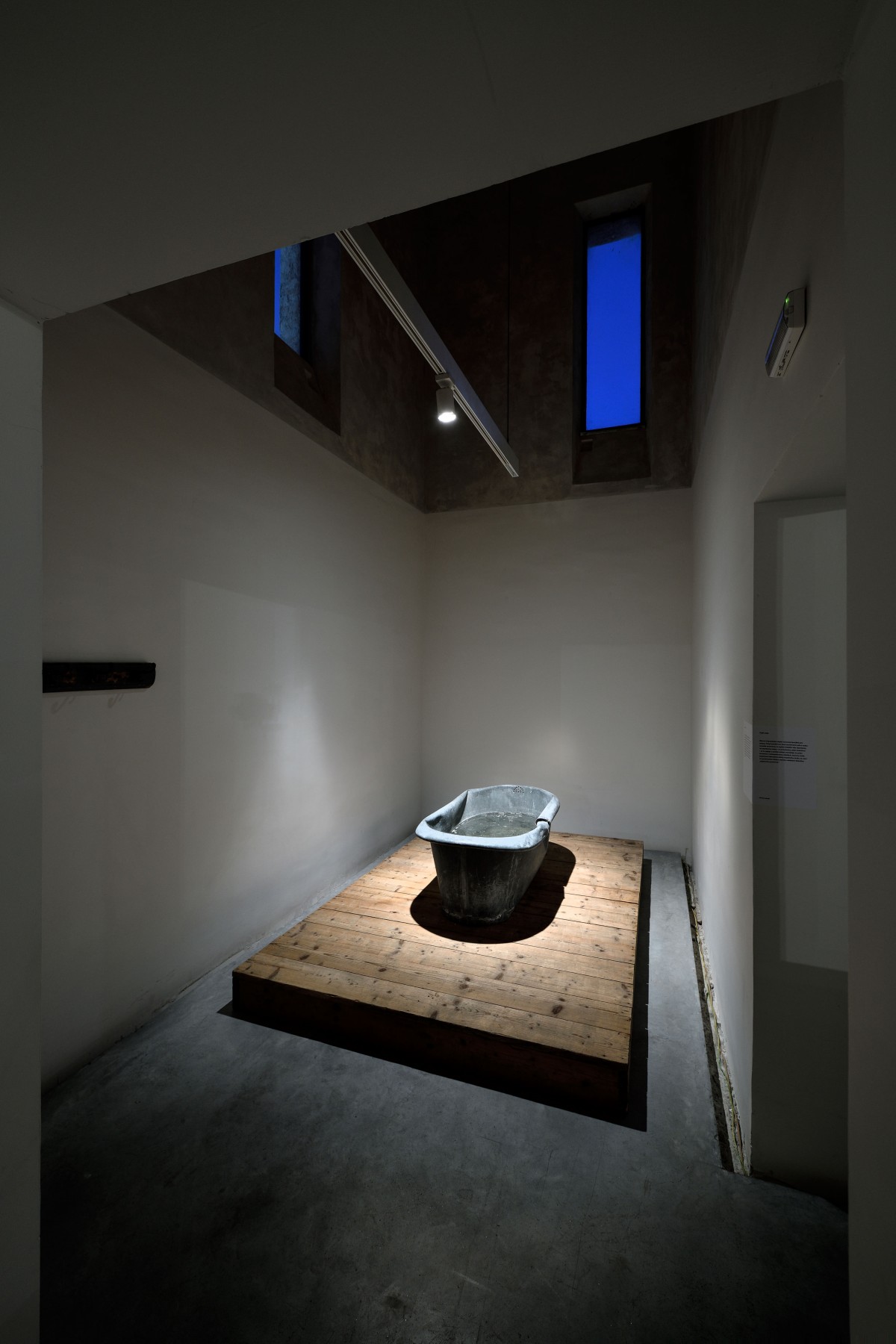
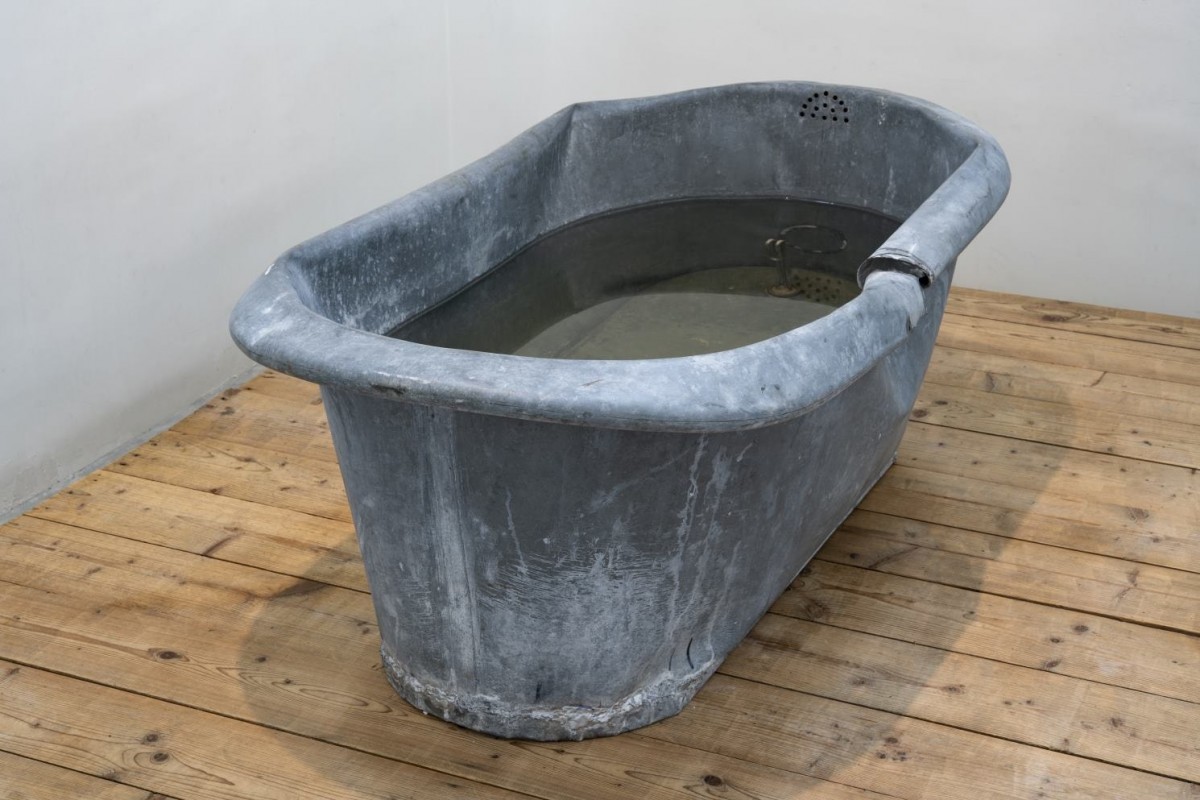
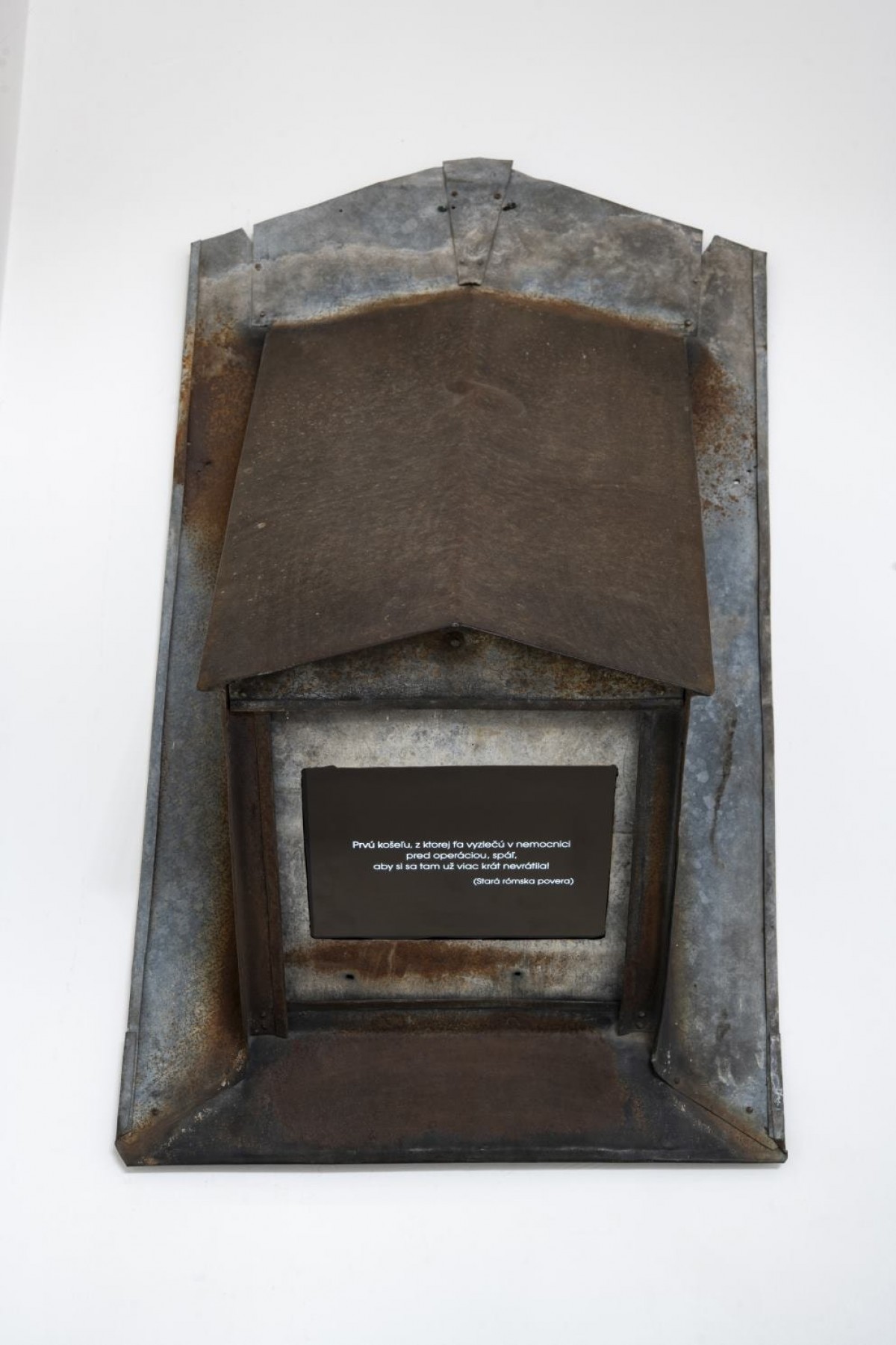
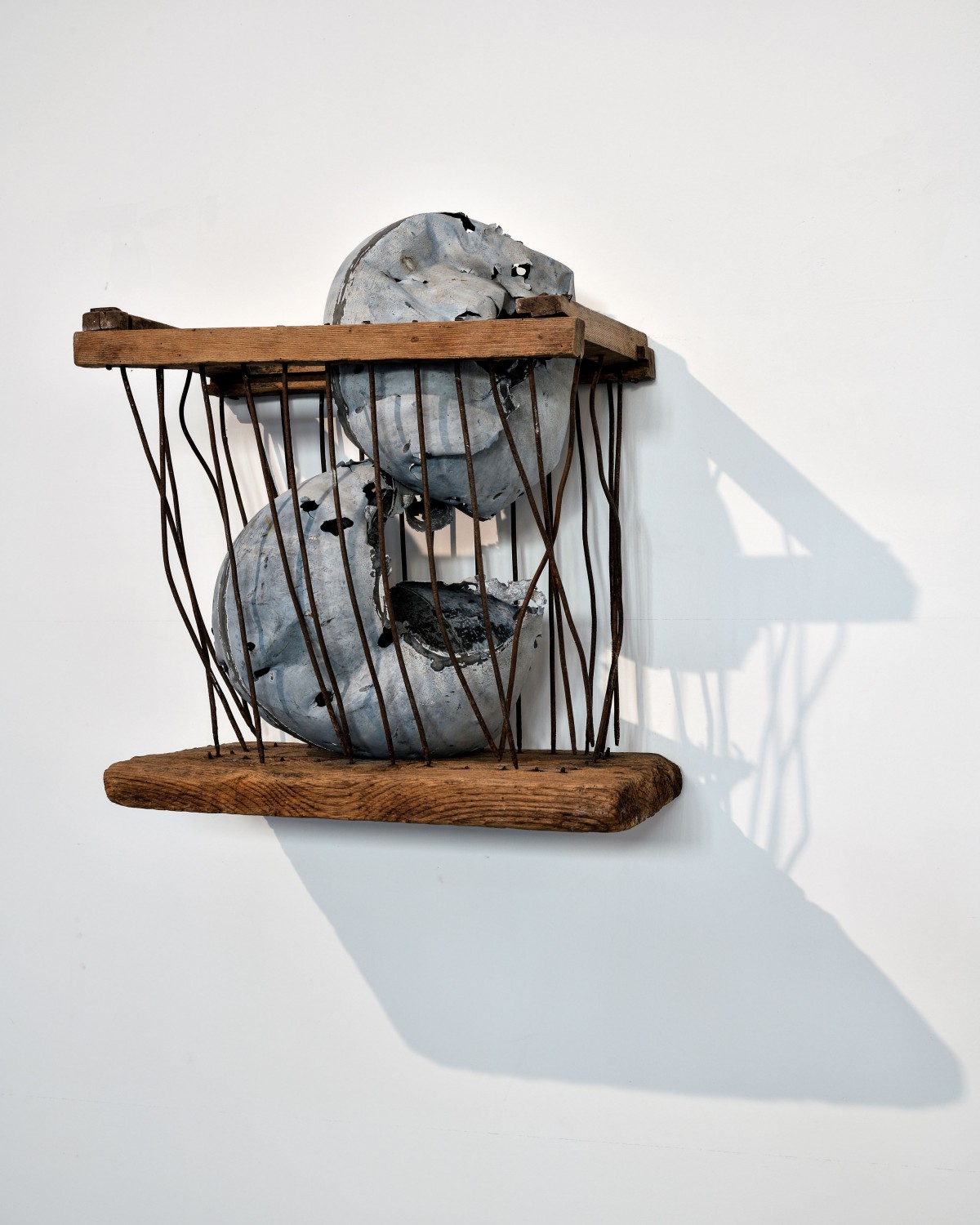
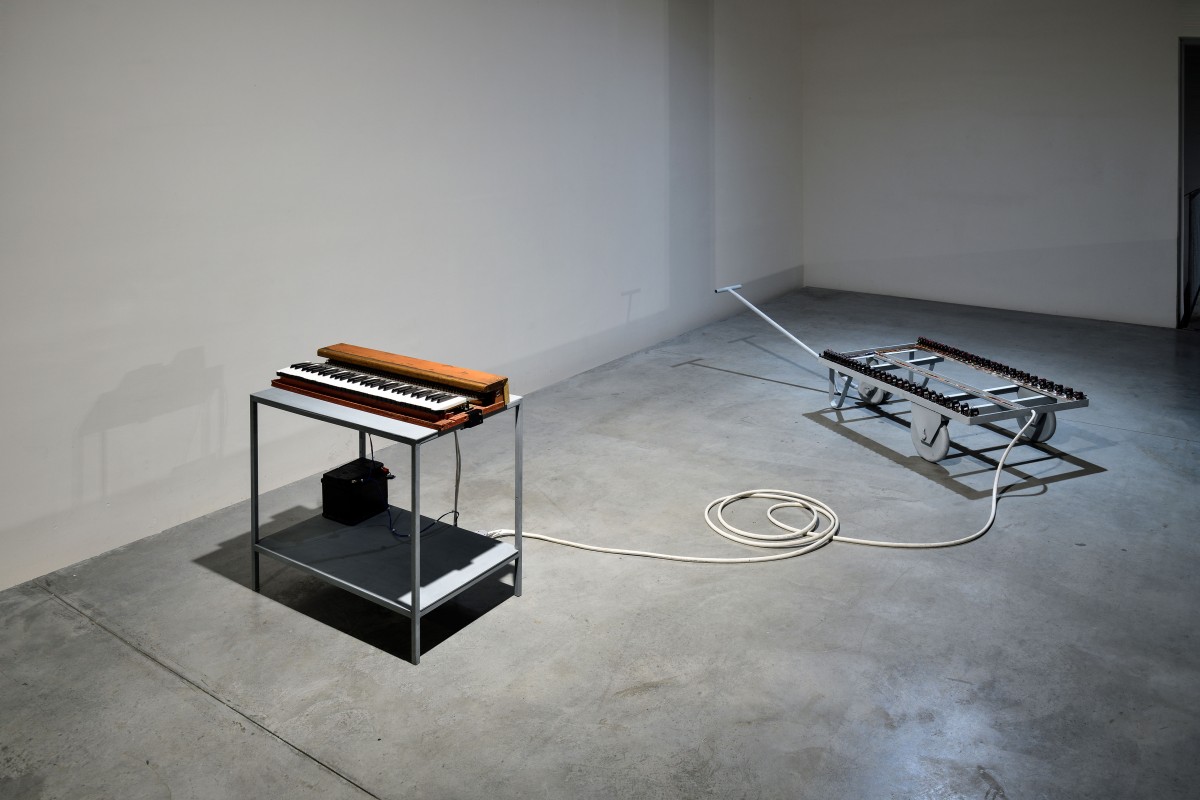
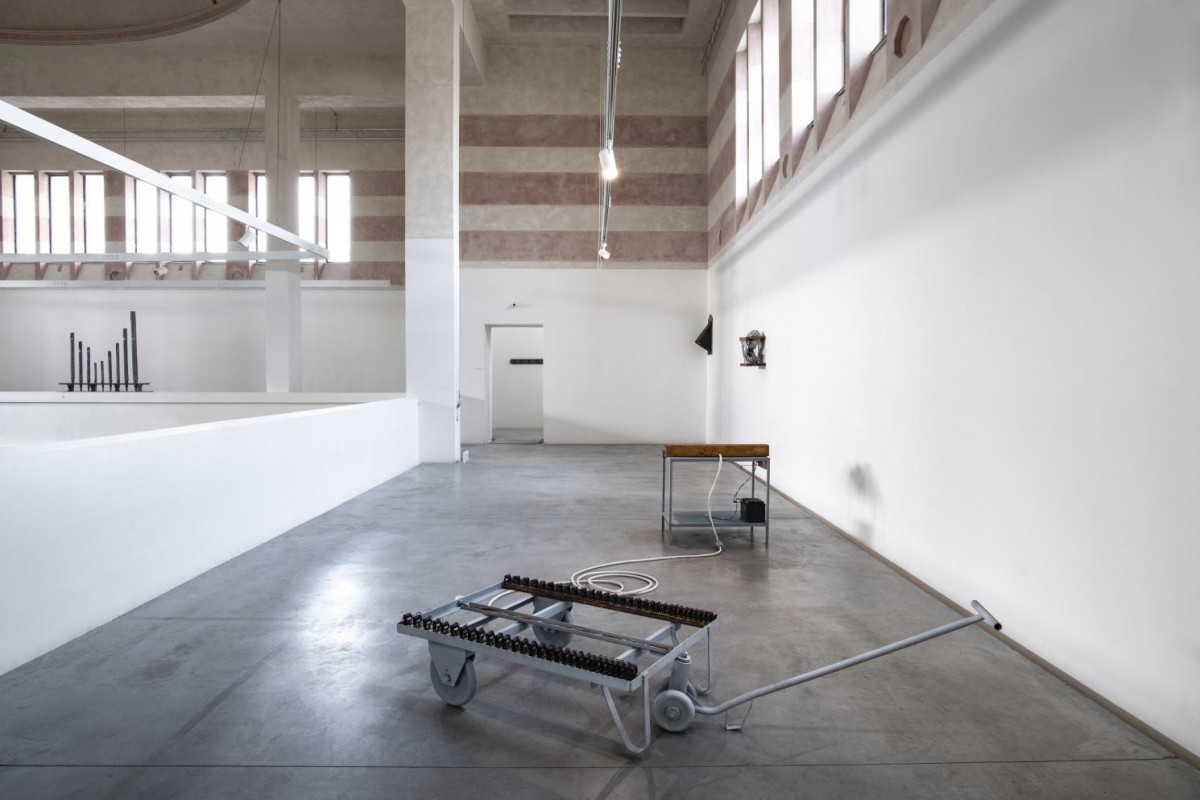
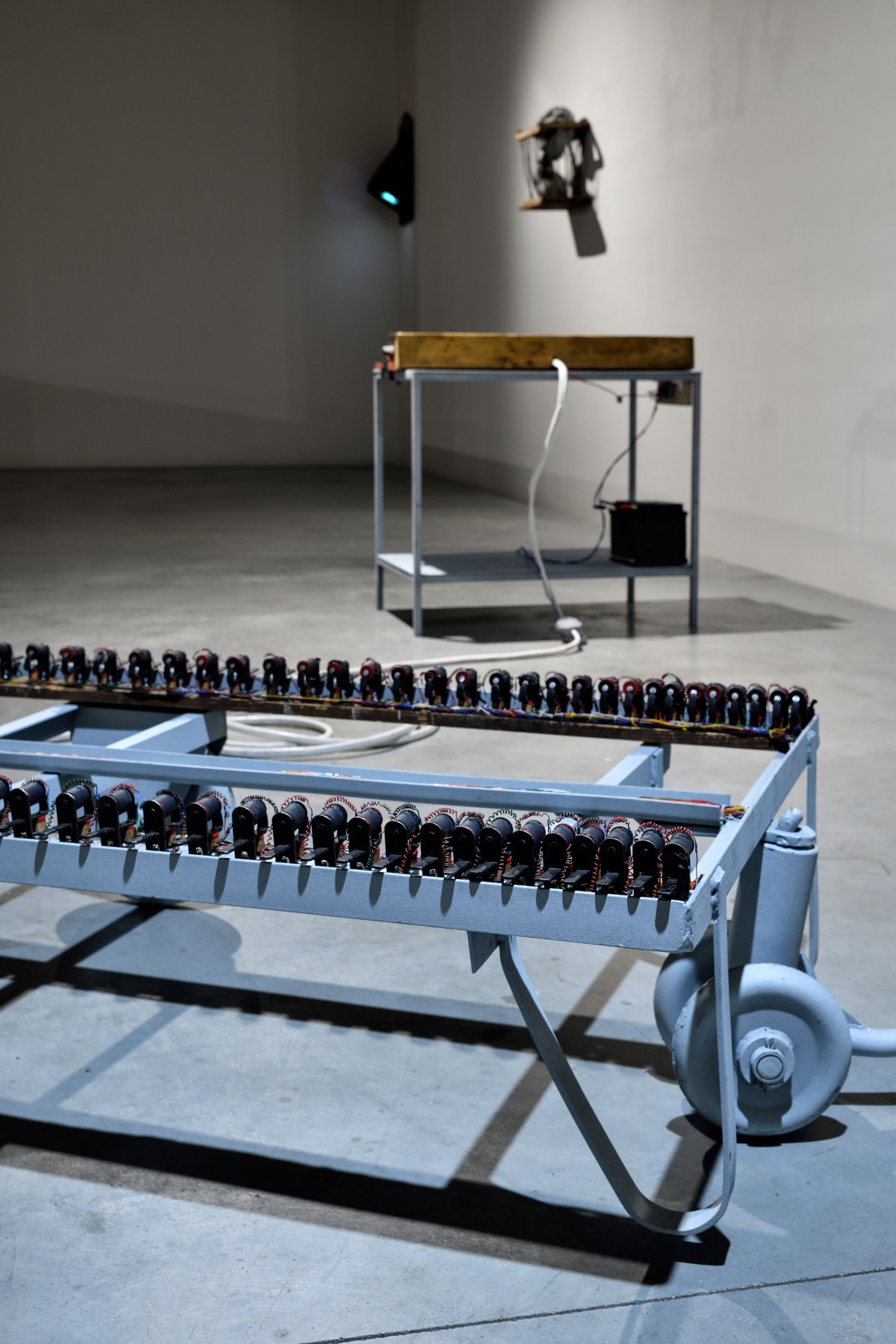
How do social, political and historical movements affect memory? How do we cope with the past and its selective manifestations in collective memory? What is worthy of keeping in our memories?
The exhibition Movement of Memory presents the current work of Monika Kubinská and Bohuš Kubinský. The ground floor of the New Synagogue is dominated by the multimedia interactive installation To Cache, which ends its exhibition “tour” here (after Platform 1-12 in Topoľčany, Slovakia in 2017; At Home Gallery in Šamorín, Slovakia in 2018; Kunstverein in Passau, Germany in 2019; and The Museum of Decorative Arts in Prague, Czech Republic in 2019). The monumental object was created in collaboration with the musician and sound artist Fero Király. Installed in a special plexiglass display case, it resembles a museum artifact – protected and preserved in memory. The key element of the artwork and the exhibition is memory, as do their titles imply. The term “cache” means something hidden, but also the fast storage buffer in the central processing unit of a computer. Therefore, the title can be perceived as a metaphor of the problematic coping with the collective memory and the history of Slovakia, especially the fascist regime during World War II. Only when we finally deal with such dark spots in our history we will be able to “boost the performance” of today’s society that could be otherwise overwhelmed by the disturbing rise in xenophobic, antisemitic and radical views.
The object To Cache is made from a very fragile and artistically untypical material – matzo, traditional unleavened Jewish bread. The artists cooperated with a bakery in Zlaté Moravce, which is the only one in Slovakia using traditional methods to bake it. The visual appearance of the work is based on an authentic heirloom – a crocheted tablecloth made by Monika Kubinská’s grandmother. This reference to a dining table as a symbol of meeting and family well-being is a metaphorical invitation to a table where people of any faith, race or nationality could sit down and find understanding and common speech.
The audio component of the installation works with voice tracks of the audience. The recordings are digitally processed and layered, words from different people are randomly combined to sentences and create new contexts. The reproduced sounds change the exhibition space to an acoustic field which reacts to the presence and movement of the viewer. By recording their voices, the visitors become an integral part of the artwork. A personalized print of their acoustic trace is provided to them as an artifact they can take home.
The exhibition Movement of Memory continues on the balconies that are usually reserved for women in synagogues. The viewers will find here a selection of individual works by Monika Kubinská and Bohuš Kubinský, as well as objects they created together. Most of the works were created specifically for the exhibition in Žilina. Like the installation To Cache, these works deal with sociocritical topics, family history, collective and personal memory. They explore the concepts of archive and diary, they deal with the movement in physical and metaphorical terms, they work with interpersonal communication, the contrast of sound and silence and the elements such as air, water and fire.
The fire is used here as a purifying element with a ritual character. The interactive object titled Silent Voices was created from an old trolley, which was “fire-cleaned” from all non-metallic parts (rubber wheels, wooden handles) and now serves as a silent carrier of flipping organ flaps. The video Nightgown captures the burning of Monika’s nightdress she wore in a hospital before surgery. A Roma woman sharing the room with her advised her that Bohuš and his sons should burn the nightgown so that she never returns back to the hospital.
Bohuš Kubinský worked with found objects and materials that have their specific memory and history also in other pieces. In the object Family Story, he combined steeple tops of the Šamorín Synagogue that were used as targets during World War II with a feeder from a rabbit hutch of his grandmother, who had to take care of the whole family during the war. In the installation titled Warm Water, an old zinc bathtub is filled with the life-giving, cleansing element – water. It is constantly heated to 37 °C, the temperature of the (un)present human body. The beneficial effects of the bath are mixed here with the danger of “washing away memories” (Michal Lalinský).
The interactive sound object Breath was created in cooperation with the organ-builder brothers Muška from Žilina. Two hand-operated bellows “breathe in life” into organ pipes placed on an artifact found in an old Jewish school – a wooden platform for children. The work refers to a very atypical and unrealized intention of the construction clients of the Žilina Synagogue to place an organ here.
In her paintings, Monika Kubinská focuses on topics such as family, motherhood, spirituality, fatefulness, liberation. She tries to engage in dialogue with the viewers, but leaves room for their own reflections and interpretations. Her diary records between dreaming and waking are poetic reflections on the meaning of life and creation. The artist uses fragments of family artifacts – bed linen, tablecloths and lace – as the basis for her combined paintings. Gradually, she reveals to us the layers of their memory. She also uses natural materials such as flower petals from her own garden – like hibiscus, the symbol of happiness and love.
Monika is looking for different ways of presenting her artworks at each exhibition. In the installation titled Troughs, paintings placed inside old galvanized troughs remind us of a library – an archive of memory from which thoughts slowly “run off”. The object Man and Woman uses a music stand with a conductor mallet, two objects titled Benches show paintings on strips of canvas sitting on science-fiction-like fishing tripods just like women on synagogue benches.
In addition to movement and memory, communication is an important topic of the exhibition – not only as an elementary interpersonal interaction, but also as a dialogue between the artist and the viewer or as a collaboration between artists. Therefore, Monika Kubinská presents here her project One Table, which reflects on fellowship, the importance of communication, human interaction and the shared experience of the present moment. In an unusual exhibition inside an exhibition, she invites other artists to a common table and leaves one empty seat reserved for the viewer. The border format between a collaborative site-specific installation, happening, residency and an open call in the style of “carte blanche” aims at women artists who have already exhibited in the space and responded to its genius loci in some way. To share one table in the New Synagogue, Monika Kubinská invited Daniela Krajčová and Lucia Tkáčová.
Omar Mirza
catalog link :
https://issuu.com/studiokubinsky/docs/katalog_memory_movement
